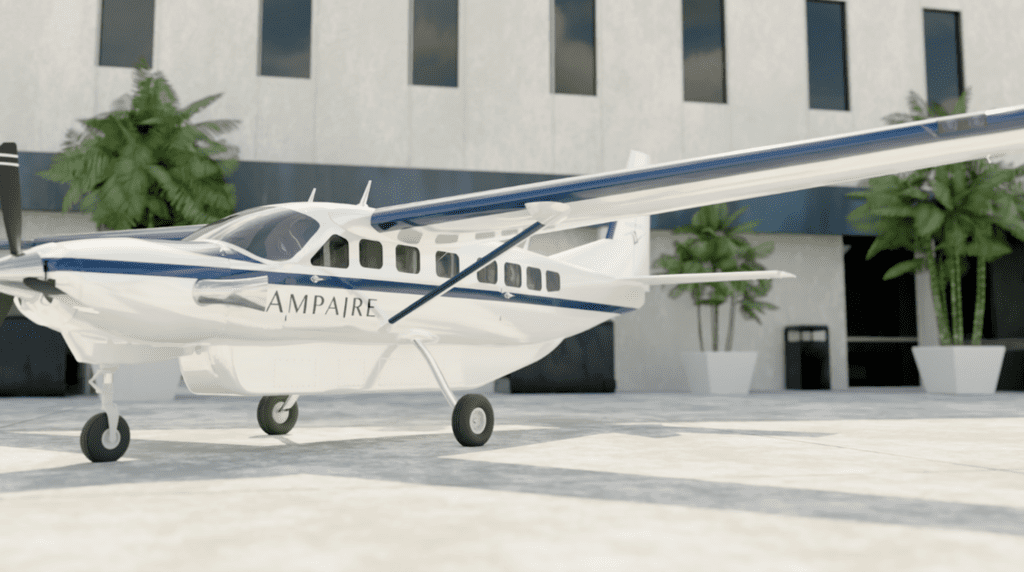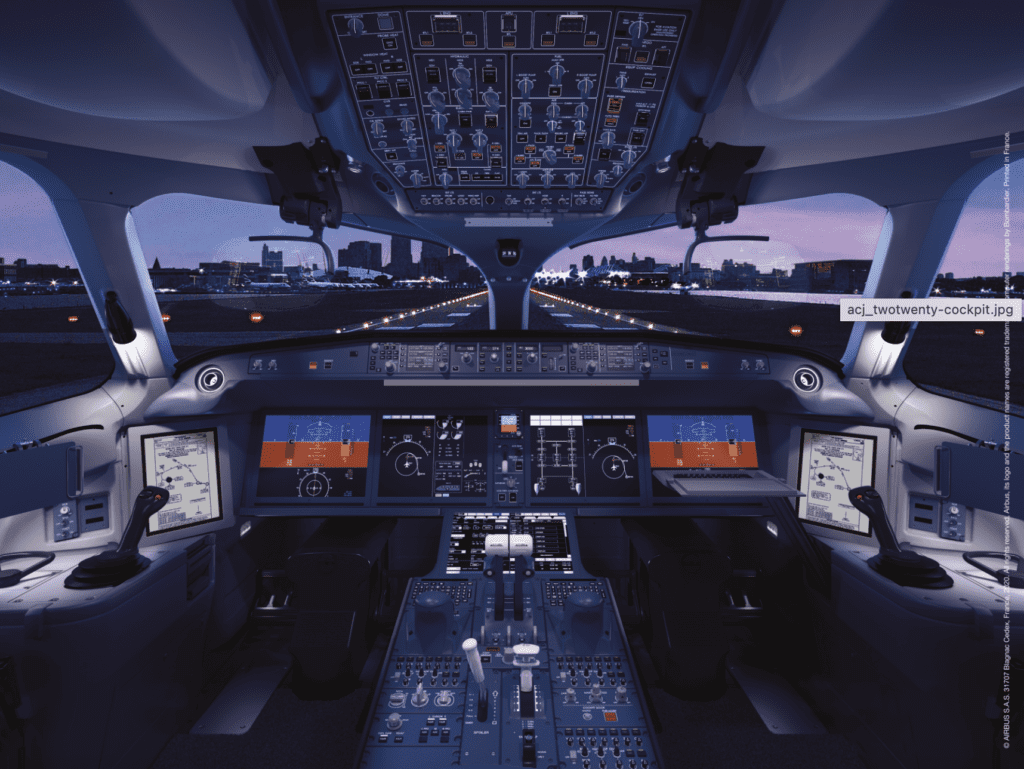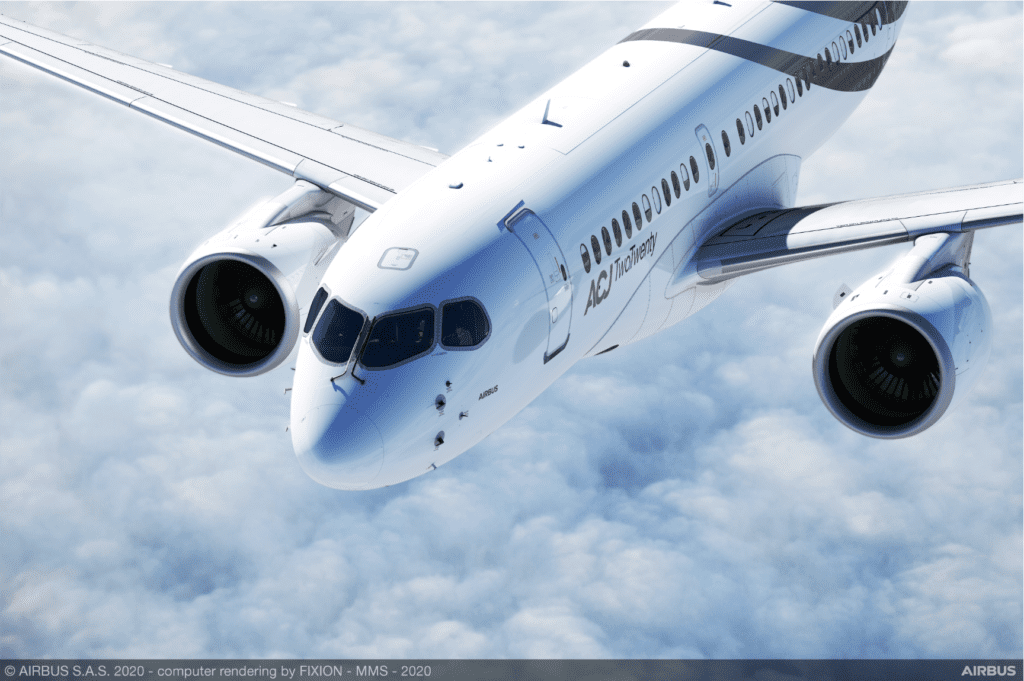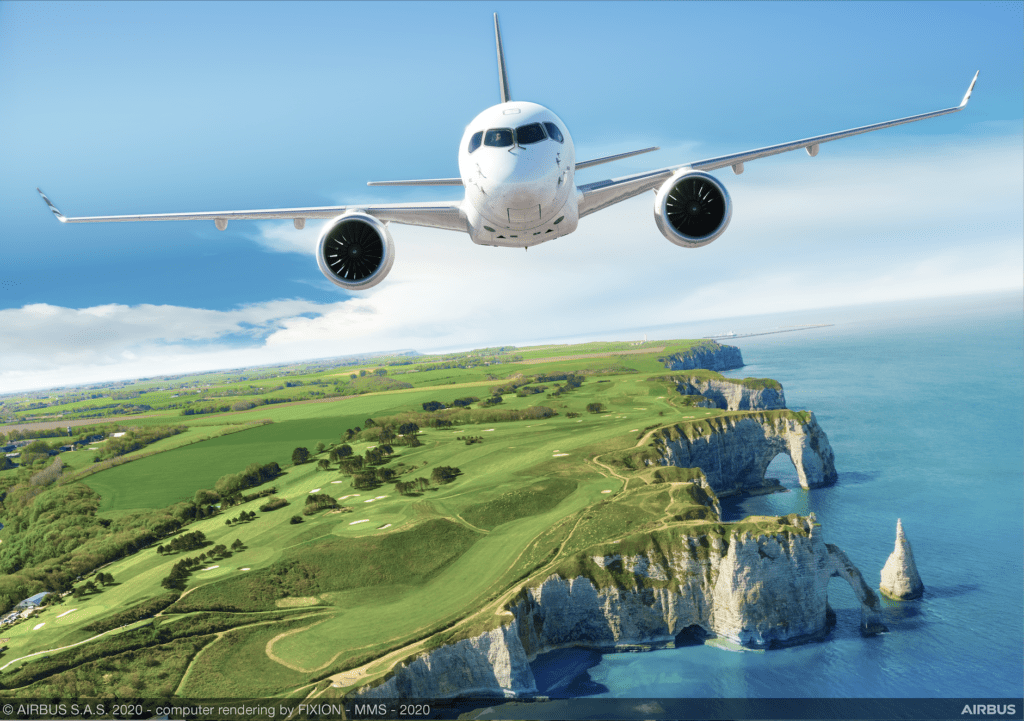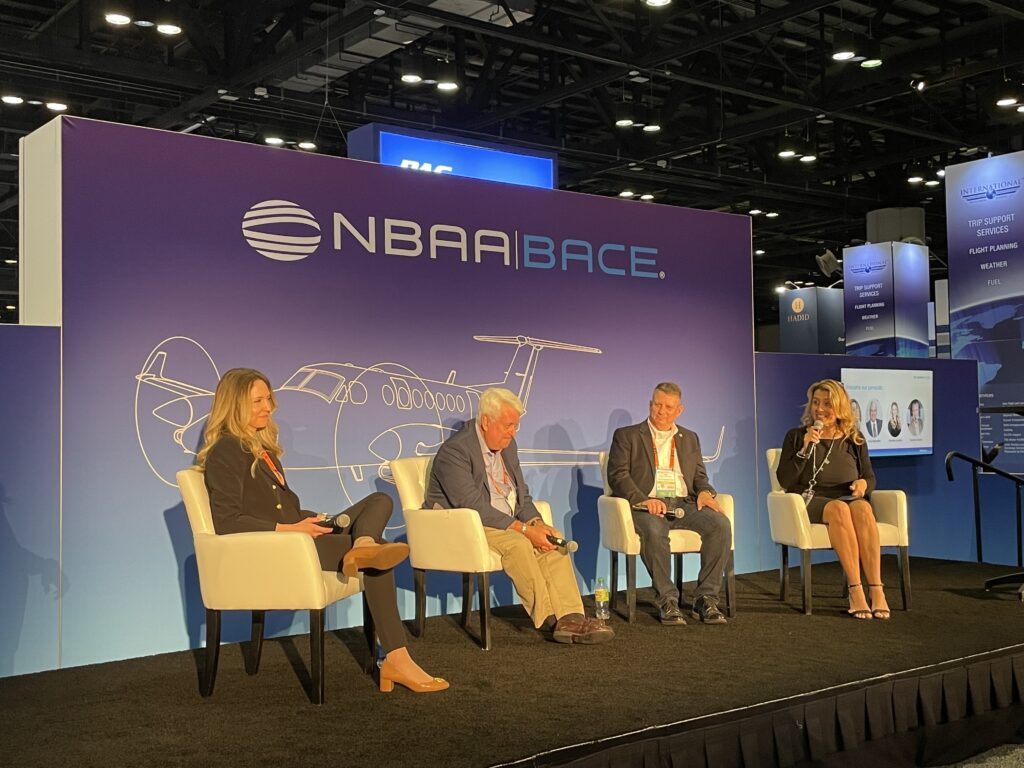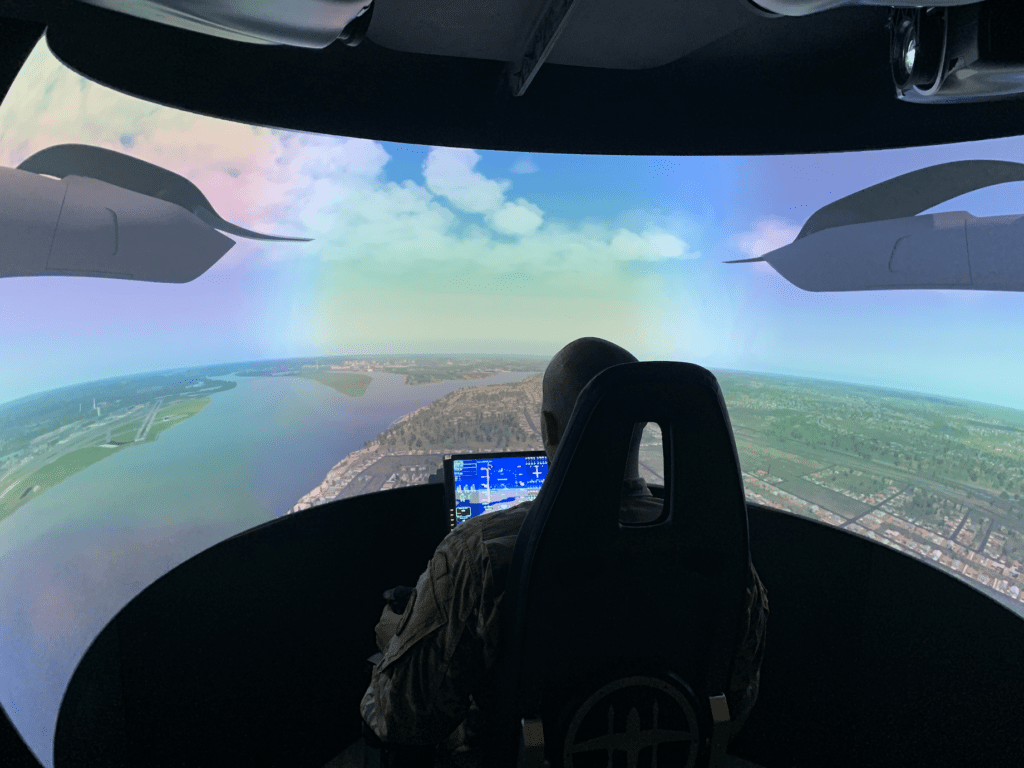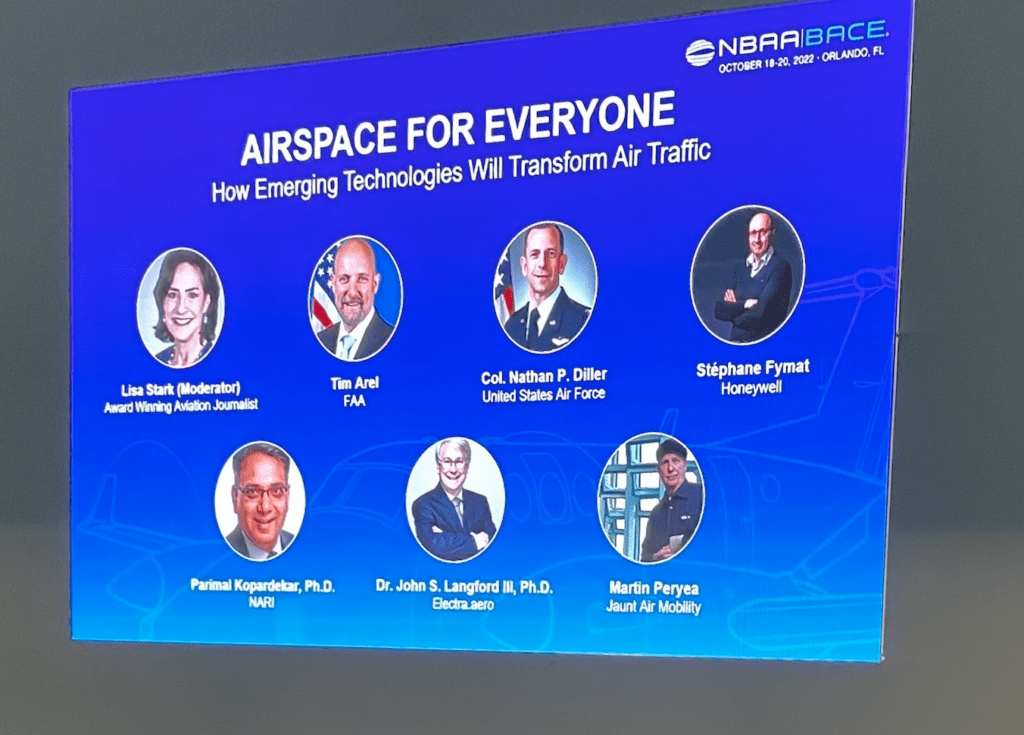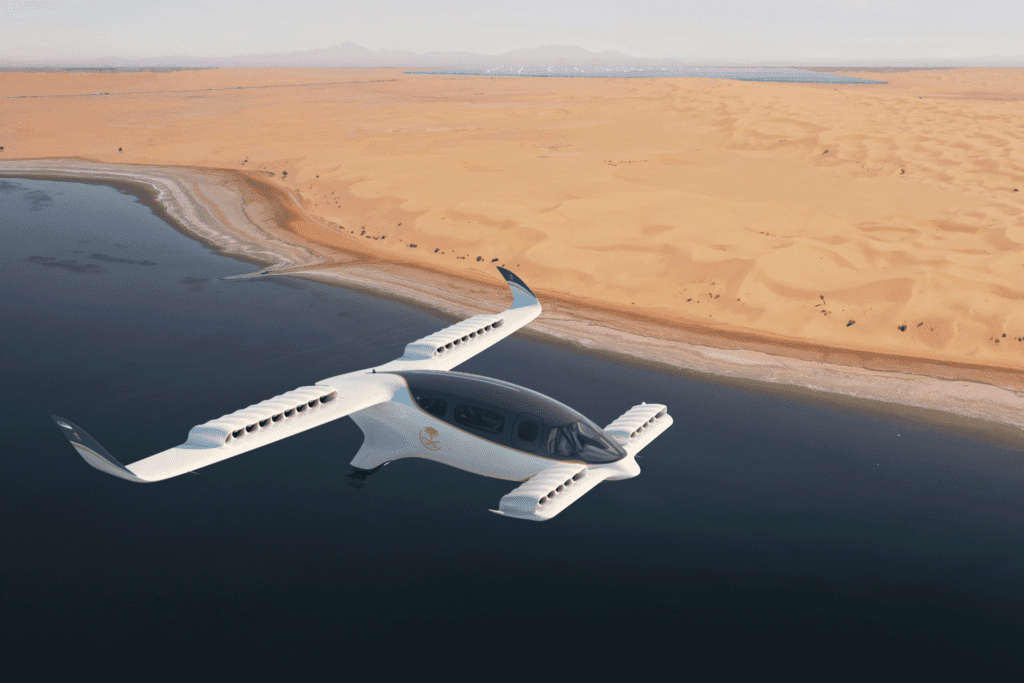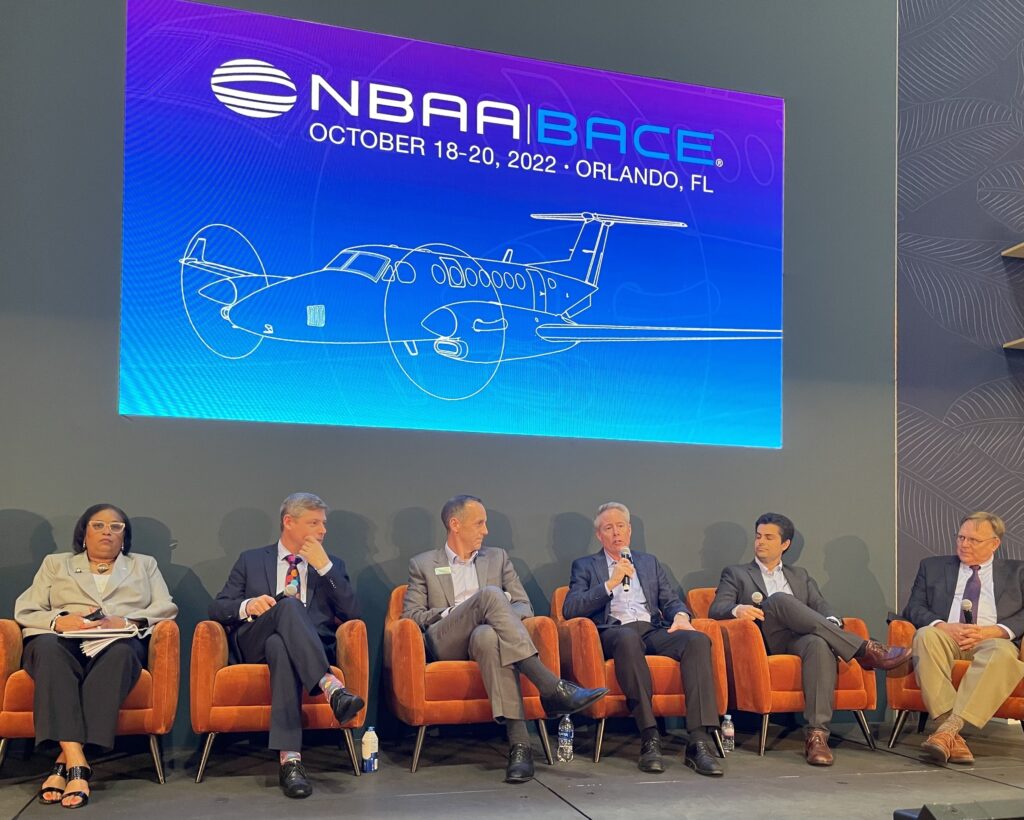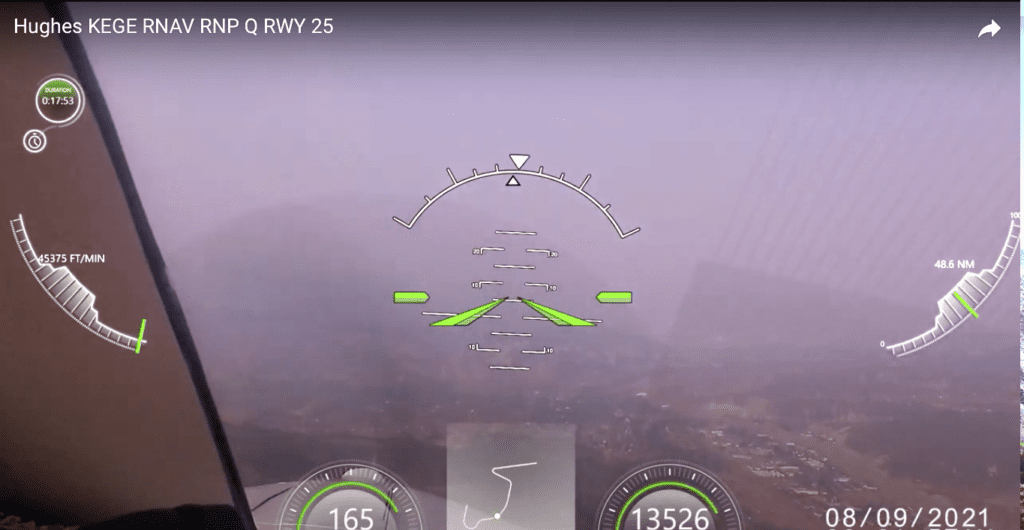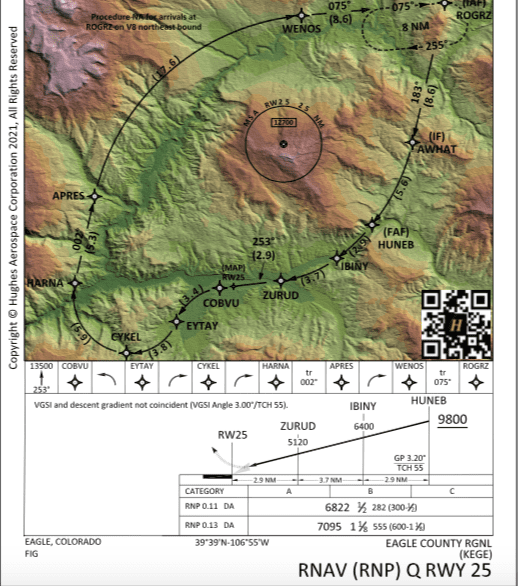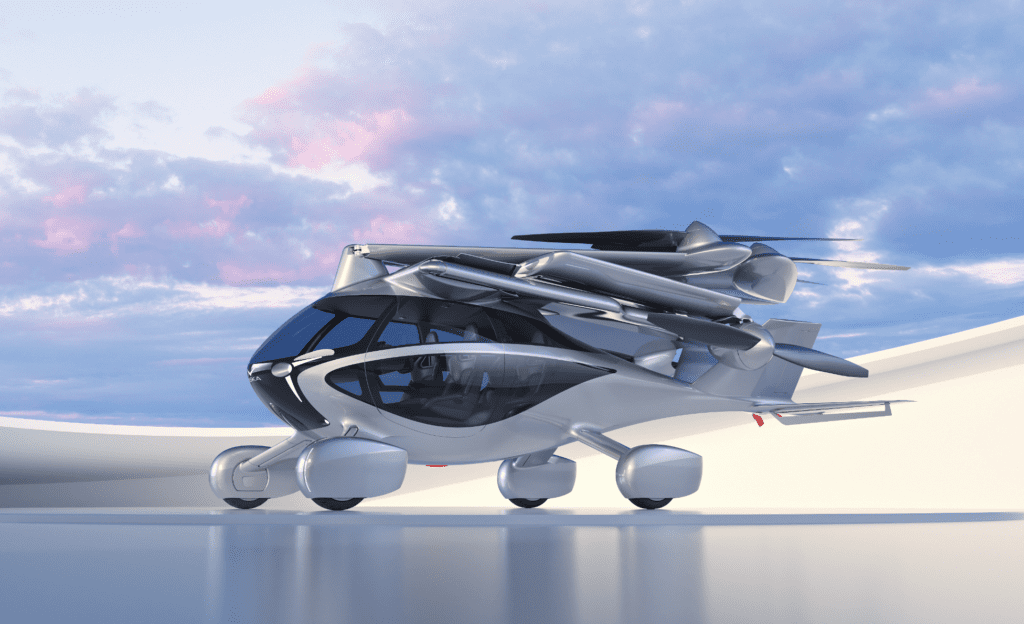
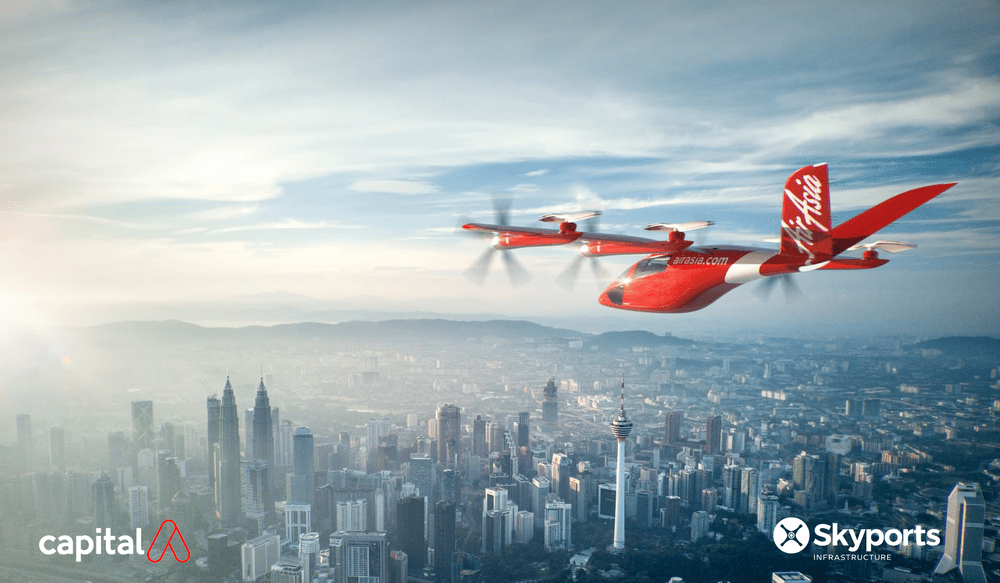
(Photo: AirAsia)
The support challenges – from design through to production, operation and maintenance – that await organizations looking to enter or further entrench themselves in a high-growth industry.
In 2021, Advanced Air Mobility (AAM) and Advanced Air Vehicles (AAVs) attracted $7 billion in new investment, a record year—more than doubling the total disclosed investments made over the previous decade. There is no doubt that the AAM industry is at a pivotal point across commercial aviation.
But Rob Mather, Vice President, Aerospace and Defense Industries, IFS, explains that most AAM organizations have a “start-up” mentality and it’s those organizations that look beyond initial design and prototyping, and set up a strategy for widescale commercialization and ongoing operations that stand to gain the most. That includes the software they use to manage every step of each AAV lifecycle.
The industry is chock full of acronyms in relation to Advanced Air Mobility (AAM) & the Advanced Air Vehicles (AAVs).
So, we’ll begin picking through the “acronym salad” by defining industry terms within the commercial aviation ecosystem:
- There are a plethora of high-tech start-ups making rapid progress with all types of Advanced Air Vehicles (AAVs) with commercial and civilian applications
- The phenomenon of Urban Air Mobility (UAM) – think flying taxis for short passenger trips or cargo deliveries – is being made possible with Electric Vertical Take-off and Landing (eVTOL) aircraft, through to fully Unmanned Aerial Vehicles (UAVs) much larger than your typical drone, that will be used for last-mile and middle-mile cargo delivery
- But AAV does not just relate to air-taxis or unmanned aircraft, it also applies to aircraft with new forms of propulsion—such as Hybrid Electric Aircraft (HEA) and Fully Electric Aircraft (FEA) to reflect electrification of more traditional airframes or new hybrid or all-electric aircraft
- Take all of those vehicles and all the infrastructure and policy required to support them together and you get Advanced Air Mobility (AAM).
AAV Certifications are on the horizon both sides of the Atlantic
Here, we explore the latest technology at the forefront of the future of air travel:
Advanced Air Vehicles are not a far-off future technology from the Jetsons; they are coming sooner than you might think—and airworthiness certificates are just around the corner. Consider this 2021 assessment from the European Union Aviation Safety Agency (EASA): “Urban Air Mobility is expected to become a reality in Europe within 3-5 years. New technologies such as electric propulsion and enhanced battery capacity, applied to vertical take-off and landing systems, make this possible. The first commercial operations are expected to be the delivery of goods by drones and the transport of passengers, initially with a pilot on board. Later remote piloting or even autonomous services could follow. Several pilot projects are under way and some European manufacturers have already applied for certification, including for piloted vehicles for passenger transport. EASA is working with them on the airworthiness of the vehicles.”
In North America the FAA is already focusing on the infrastructure to support AAM. This year, it released interim guidance, via Engineering Brief, to support the design and operation of facilities that Electric Vertical Take-off and Landing (eVTOL) aircraft will use for initial operations. It states: “The FAA is including AAM and UAM in our planning efforts, and our work is organized around five areas of activity—aircraft, airspace, operations, infrastructure, and community.”
One of the leading AAM players, Joby Aviation recently received a Part 135 Air Carrier Certificate from the FAA, ahead of schedule, allowing Joby to begin on-demand commercial air taxi operations. The Part 135 Air Carrier Certificate is one of three FAA approvals required for Joby to operate its revolutionary eVTOL aircraft as an air taxi service in cities and communities across the United States.
The Prime Targets for AAM – Where Environmental Benefits are Highest
McKinsey estimates short-haul flights account for more than 17% of total airline CO2 emissions, making them an important target for decarbonization efforts. Replacing these traditionally-powered flights with lower carbon technologies – such as green propulsion – could really contribute to lowering aviation emissions—and that’s before factoring in replacing ground transportation emissions for similar journeys.
With today’s emerging technologies, AAM has the highest potential to disrupt travel of distances up to 1000 miles, distances currently served by local ground vehicles and high numbers of short-haul aircraft flights. Ground transportation converting to air travel will represent a brand-new market but for airlines, the impact is most felt with electrification and hybrid usage in short and regional distances. The potential to revolutionize short and medium travel is imminent but it will be a longer path for AAM to impact long-haul and trans-oceanic flights.
Rising fuel prices are driving further airline interest in AAM. In fact, Aviation Week reports that one-third of the current orders for AAVs have been placed by airlines.
At IFS we currently have two customers excelling in the electric propulsion market. Cape Air will become one of the world’s first carriers to go electric in the sky. The company is working closely to develop and operate the Eviation Alice electric aircraft—a nine-seat fully electric plane that has been designed from the ground-up to be the perfect short commute aircraft.
On the OEM side, Rolls-Royce, beside all its work on the Trent engine family running on sustainable aviation fuels, is targeting electrification too. In late 2021 the Rolls-Royce, “Spirit of Aviation”, supported by partner Electroflight, set three new world records for an all-electric aircraft.
Positive Societal Implications – We’re Already Seeing a Government Groundswell
There is huge societal benefit to be gained by making regional transport more accessible for human and goods transportation. A recent report by the UK Government revealed that two in three people thought that improved transport links would have a positive impact on people’s ability to access job opportunities. Not only can AAM positively impact commuting opportunities, but from a cargo perspective it could provide better linkage to rural communities by delivering vital supplies and services to under-served areas.
In the U.S., AAM Legislation has also just gained House approval. A bill that gained House passage in June will provide $25 million in grant funds to support AAM in FYs 2022 and 2023. The Advanced Aviation Infrastructure Modernization Act (AAIM Act), H.R. 6270, authorizes funding to plan and then build new AAM infrastructure by using existing heliports and airports, establishing new “vertiports,” and associated charging infrastructure. But a crucial aim of the legislation is the need to engage communities in the planning process and bring new technologies to a diverse set of communities, while creating hundreds of thousands of new green jobs.
We’re Just at the Start-up Stage – but AAVs are Assets to be Supported Through-Life
There is very much a “Silicon Valley mindset” in the AAM movement right now. The AAV landscape is currently dominated by disruptive start-ups or spin-offs and joint-ventures between leading aviation players—with certification targets ranging from 2022 through to 2028.
Despite this varied landscape, each AAM organization will face the same core challenges—taking a next-generation asset from design and proof-of-concept, through to prototyping, widescale operations and ongoing maintenance. Unlike manufacturing of traditional aircraft, many organizations involved in producing AAVs are looking to become a “one-stop” shop for their assets, well beyond initial sale. From design, manufacturing, and initial delivery, right through to supporting the spares, parts management and maintenance of that AAV asset throughout its lifecycle. Many, like Joby are even looking to act as the operator of their aircraft, meaning that they will also be responsible for the continuing airworthiness of each aircraft.
Through-life Support Begins with the Right Software
The market leaders in AAM will make software a central part of their evolutionary growth to assert their authority in a maturing marketplace. An asset of tomorrow requires software support that can support every step of its journey. The ability to efficiently manage a complex asset through its entire lifecycle requires an underlying data thread—to build, operate, maintain, and support that asset.
With such quick expansion anticipated, it is essential for AAV organizations to have a 360-degree view of operational processes to make informed, data-driven business decisions. This requires supporting software to aggregate, analyze and action this data, as well as to evolve in lockstep with company growth strategy—from initial design and engineering through to manufacturing and maintenance.
This will put the focus on breadth of functionality for supporting software too, with relevant modules needing to be deployed in line with business requirements. This could span functionalities such as supply chain procurement, HR, payroll, finance, project management in the design and production phases, moving to manufacturing execution systems, regulatory compliance frameworks, export control in the manufacturing phase, and MRO, asset management and workforce management for ongoing maintenance and support.
There’s more to AAM than the AAV – there’s the bigger picture to take into account
While the AAM industry is still in its infancy, there is a once in a lifetime opportunity to grab market share. Moving from manufacturing an AAV to operating an air taxi business opens up a whole new set of business processes that will need support, including maintenance planning execution, configuration management and more.
AAV manufacturers shouldn’t choose systems that are only good for them today, but will grind to a halt when they reach their maximum capability—meaning the manufacturer must then find and install software that can enable them to take their business to the next level.
Instead, they need a solution that will grow as they do, this means putting a system in place from the very start that can support an AAV company as it shifts from prototype, through to operation and commercialization.
The post OPINION: Advanced Air Mobility in Commercial Aviation May be in Start-Up Mode Now, But The Future Awaits appeared first on Avionics International.
—————
Boost Internet Speed–
Free Business Hosting–
Free Email Account–
Dropcatch–
Free Secure Email–
Secure Email–
Cheap VOIP Calls–
Free Hosting–
Boost Inflight Wifi–
Premium Domains–
Free Domains


